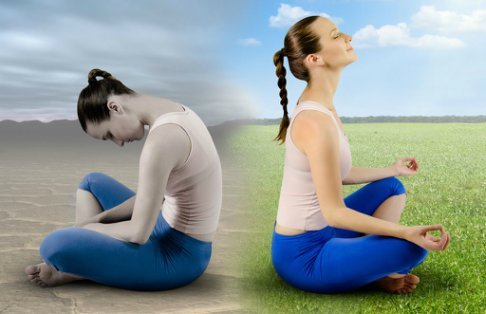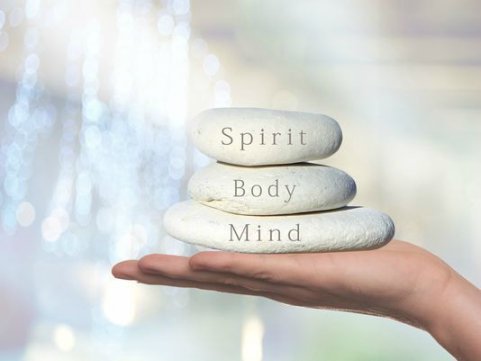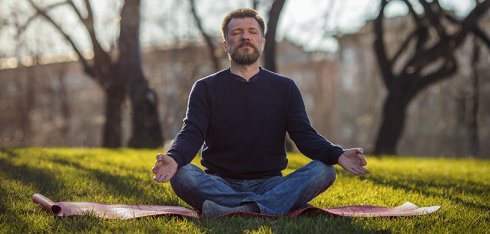In my previous post, I talked about general categories of meditation and made a little introduction on what meditation is and how can it benefit us. You can read it here: PART 1 and get the general idea of what these Tuesday posts will be about. To recap in short, if you know how to breathe (and you do) then you know how to meditate, you just need a little guidance which I will happily provide. Today I will talk about mindfulness meditation, a great way for beginners to start and for all those experienced ones to get in touch with themselves in an easy way.

image source
MINDFULNESS MEDITATION
- category: open monitoring meditation
- difficulty: easy
- posture: sitting
- origins: Hinduism and Buddhism, brought to the west by Jon Kabat-Zinn
- time needed: 5 minutes

image source
Before we start meditating let's talk about what the word MINDFLUNESS means. Mindfulness is a way of breaking down our conditioned responses. By putting some space between us and our reactions, after some time in practicing this meditation, people are able to live more calmly and more relaxed. With mindfulness you won't be different then you are but it will help you to be aware of who you are moment by moment, this is often referred to as the ability to be unconditionally present.
“Mindfulness is the intentional, accepting and non-judgmental focus of one's attention on the emotions, thoughts and sensations occurring in the present moment…”
wikipedia
PHILOSOPHY OF MINDFULLNES
I've heard people reject mindfulness because they think we should avoid suffering and dealing with negativity. Mindfulness is a nonjudgmental attention, it does not reject anything. We often struggle to get away from difficult things in our lives, but wouldn't it be better to learn how to be present with those experiences? How to deal with them and be able to understand what we need to do? With mindfullnes we become more skillful in being present in the current moment which helps us to see things the way they actually are. Now, let us look at three important aspects of this meditation; mind, body, and spirit.

image source
When we talk about our BODY it is important to be comfortable. Usual posture is sitting but if you are uncomfortable you can lie down. Some people practice this meditation with their eyes closed and some with their eyes open. The reason we close our eyes is to shift our attention from the most used sense, our sight. If you want to keep your eyes open focus on one object and have a gentle gaze.
Your BREATH is one of the ways your spirit interacts with the world around it. Attention here should be on the breath, but not completely, only lightly. Breath should not be controlled in any way but instead observed when leaving and entering our body.
The third aspect of this is our MIND. The mind is always active, it is its function to be active and there is nothing wrong with having thoughts about job, friends, lunch or anything else when we start this meditation. You will see later that it is the sole purpose actually, to experience our thoughts but not like we are used to. Thoughts will arise, thoughts will overlap and thoughts will go away, then they will arise again.

image source
ARE YOU READY TO GIVE IT A TRY? :)
- set a timer for 5 minutes, you can use a clock or your phone
- sit or lie down, your spine should be straight, close your eyes and relax
- notice your breath coming in and leaving your body
- when your thoughts start to go crazy just notice them
- return your attention to breath
- when your thoughts start to wander off again, notice them and accept them
- return your attention to breath again
- when you start thinking about your body and parts of it, accepted that
- return your attention to breath
- don't judge your thoughts, be an observer
- return your attention to breath
- when time runs out gently open your eyes
After a couple of times, you can set a timer for 10 or 15 minutes or not use it at all. Do not expect something to happen. The purpose of this is to practice your attention and focus and to be more and more capable of staying present and focused on just one thing. With time you will have fewer and fewer thoughts and stay more and more focused on your breath.
I hope I helped you to learn a little bit more about meditation, feel free to leave your lovely comments and ask me if you want to know more. Until next Tuesday when I will write about a different meditation, try to practice this one. Think of it as your homework, set aside 5 minutes each day for this and enjoy the process.

